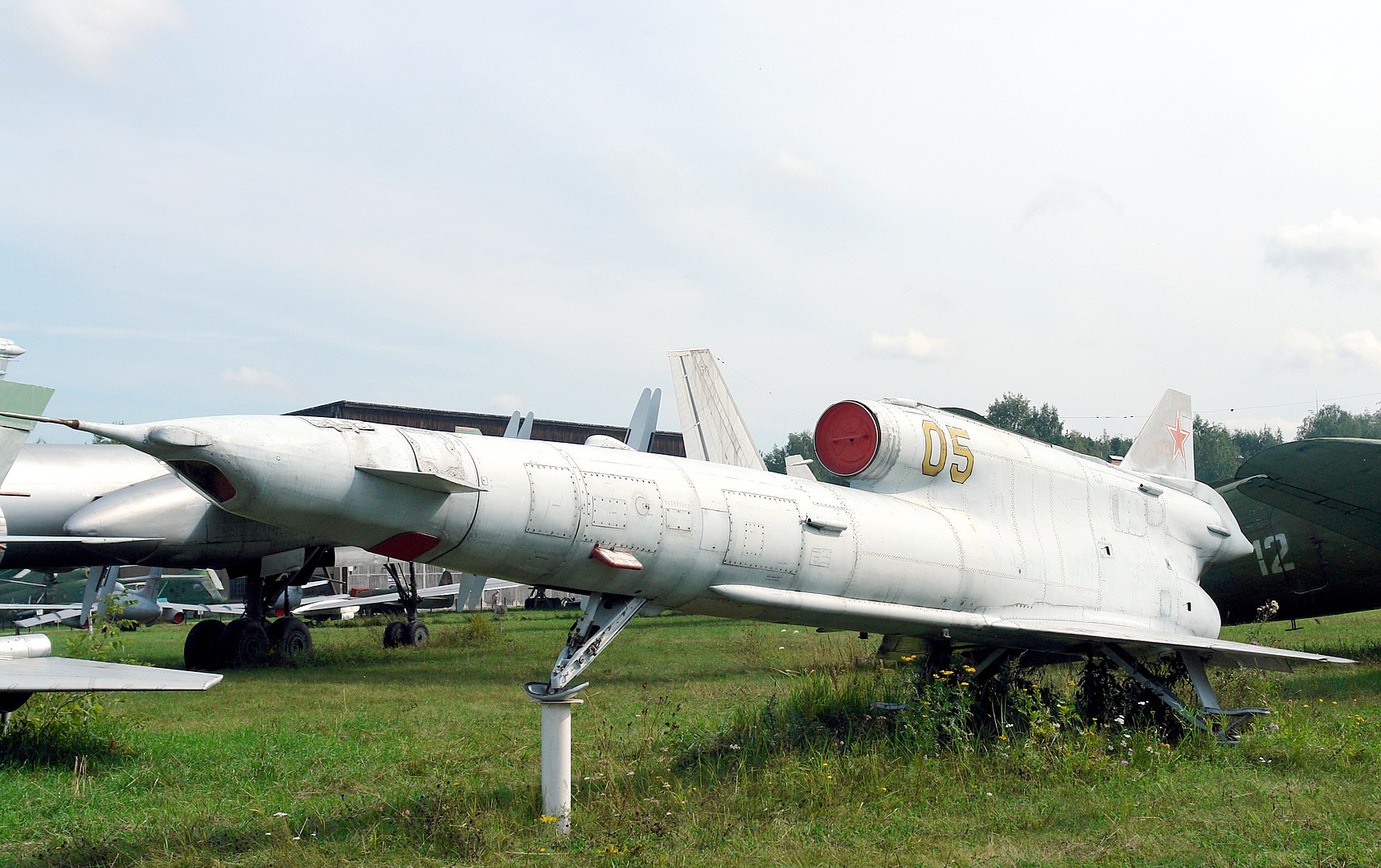
"This could have fallen on the nuclear power plant in Hungary, Croatian Prime Minister Andrej Plenkovic emphasized, demanding an investigation in Hungary.Continue reading

In the early hours of March 21, the Hungarian Defense Forces again had to alert their Gripen aircraft after a bomb threat was reported on a Turkish-flagged civilian aircraft flying from Moscow to Istanbul. This is the third time in a row that the Hungarian Gripens have had to be deployed.
This article was originally published on our sister-site, Ungarn Heute.
The aircraft, which was en route from Moscow to Istanbul, received a bomb threat over Polish airspace, prompting NATO’s Joint Air Operations Center to request Hungarian Gripen to act. The Turkish-flagged aircraft was identified by fighter jets as it entered Hungarian airspace and escorted to the Hungarian-Romanian border, where it left Hungarian airspace. Gripen aircraft remained in the area after the aircraft left Hungarian airspace and conducted patrols, after which they returned to the Kecskemét base.
This is not the first time Gripen aircraft have had to escort other aircraft out of Hungarian airspace. Two days ago, on March 19, a civilian aircraft also reported a bomb threat, and so Hungarian forces were alerted. It was a civilian Airbus A321 flying from Georgia to Poland. The weekend before, in the case of an aircraft from Serbia, it was reported to have a bomb on board. The Serbian Airbus A-319, en route from Belgrade to Moscow, was turned back at the Hungarian-Slovak border.
On March 11, a military drone violated Hungarian airspace and later crashed in a park in the capital city of Zagreb in Croatia, leaving a meter-wide crater. The aircraft had entered Croatian airspace coming from Romania and Hungary, but the authorities responsible for it did not report it.
Featured photo illustration by Szilárd Koszticsák/MTI